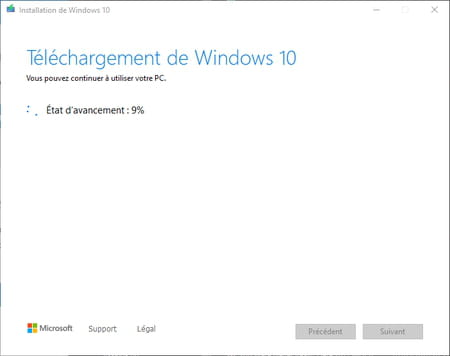

In your case, the location of the Iso file of windows may be in the Download section as you have downloaded it from the Microsoft website or in the folder where you might have saved it.

Select an option click to select an image click on it.Here, you have to select your bootable USB Drive if you have inserted the multiple USB drives then select your custom one whatever you want to use so just one USB Drive and after that, we have the boot section: You can see the first option we have is the device. Now you plug in that 8 Gb of USB drive in your computer or laptop and get back to Rufus. But you know the Windows 10 ISO file is around 4 gigabytes so it might not work so we recommend you guys to use the 8 gigabytes of USB Drive. Once you have downloaded the Rufus open it and now you will need a USB Drive minimum requirement is 8 gigabytes of USB Drive but you can also try it on 4 gigabytes of USB drive and let us know if it works on 4 gigabytes of USB drive too. We all know the command prompt is a wizard’s toolbox, and if you know what you’re doing, the possibilities are almost endless.It’s highly recommended to use the Rufus and we will explain to you why later in this blog. This is the first thing you should try, as it’s the quickest and least invasive.Ĭommand Prompt: This can be useful for a wide array of tricks and tactics, most especially running the SFC /Scannow command to scan and fix corrupted system files. Startup Repair: This is sort of a “black box” in that it tries to fix whatever issue is preventing the system from booting, but it doesn’t tell you what it’s doing or, if successful, what the problem was.
#Bootable usb windows 10 microsoft Pc
You can restore the image of your PC at the time you created the image, which includes all your data and installed programs at that time. System Image Recovery: If you’ve used the image backup tool in Windows 10, this would be where it would come in handy. This does not affect your data, but it does affect installed programs as it replaces the registry with an earlier version. System Restore: Use this to revert your PC to a happier time, when things were working normally. Now you need these tools to reside on a separate, bootable USB drive, and every person running Windows should keep one in a safe place with the label “in case of emergency.” If your PC failed to boot you were presented with a menu allowing you to try and boot into Safe Mode, or use “last known good configuration.” That’s no longer the case with Windows 10. Some of these tools used to be part of the OS. In addition to letting you reinstall Windows, it includes several troubleshooting tools, which can be lifesavers if your system won’t boot. Nowadays manufacturers usually just put an image of the system as it left the factory on a hidden partition of your main drive.Ī Windows recovery disk builds on this idea. If your PC’s OS went sideways, you could easily restore it to the way things were on day one (though you’d lose all of your subsequently created data and applications, obviously). Back in the day, PCs would ship with a CD or DVD that included an image of the system as it left the factory. You never know when you’ll need a Windows recovery drive in order to restore your system to a pristine state, so the time to make one is now-and it’s very easy to do.Ī recovery drive is similar to the media you’d receive if you bought a prebuilt system.


 0 kommentar(er)
0 kommentar(er)
